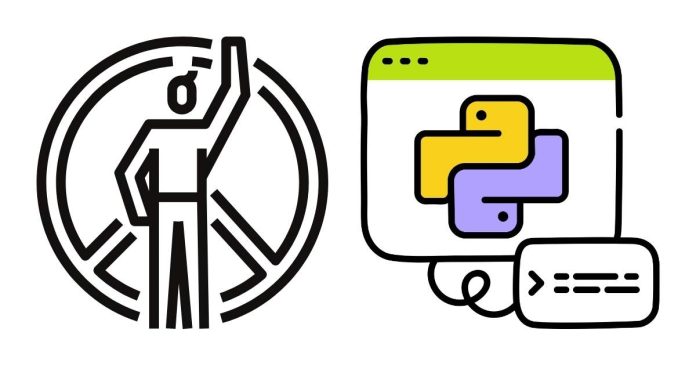When working with Python, you’ll frequently encounter sets—a versatile data structure that allows you to store unordered collections of unique items. Sets are particularly useful for operations like membership testing, removing duplicates from sequences, and mathematical set operations such as union, intersection, and difference. However, there’s an important nuance to consider when dealing with an empty set in Python.
Let’s go into the concept of the empty set literal, its usage, and some common pitfalls to avoid.
Creating a Set in Python
A set can be created in Python using the set() constructor or by enclosing items in curly braces {}:
# Creating a set with values
my_set = {1, 2, 3}
# Creating an empty set
empty_set = set()
However, if you try to create an empty set using just {}:
empty_set = {}
This doesn’t create a set. Instead, it creates an empty dictionary. This distinction is crucial and can lead to bugs if you’re not careful.
Why Is There No Empty Set Literal?
In Python, curly braces {} are ambiguous because they serve a dual purpose: they’re used to define both dictionaries and sets. When you use {} without any key-value pairs, Python assumes you’re creating an empty dictionary. To avoid ambiguity, the creators of Python decided not to use {} for an empty set. Instead, you must use the set() constructor.
Here’s an example to illustrate:
# This creates an empty dictionary
empty_dict = {}
print(type(empty_dict)) # Output: <class ‘dict’>
# This creates an empty set
empty_set = set()
print(type(empty_set)) # Output: <class ‘set’>
Key Takeaways
- Always use
set()to create an empty set.Using
{}will create an empty dictionary, not a set. If you’re unsure whether a variable contains a set or a dictionary, you can use thetype()function to verify. - Non-empty sets can use curly braces.
Once a set has elements, curly braces
{}can be used for simplicity. For example:
my_set = {1, 2, 3}
print(type(my_set)) # Output: <class ‘set’>
3. Be mindful of readability.
Using set() for empty sets not only avoids ambiguity but also improves code readability by making your intention explicit.
Common Pitfalls
Here are a few scenarios where confusion can arise:
- Accidentally creating a dictionary:
empty_set = {}
print(type(empty_set)) # Output: <class ‘dict’>
To fix this, use:
empty_set = set()
2. Misinterpreting curly braces with elements:
single_item_set = {1}
print(type(single_item_set)) # Output: <class ‘set’>
single_item_dict = {1: “one”}
print(type(single_item_dict)) # Output: <class ‘dict’>
Make sure the syntax aligns with your intention—use : for key-value pairs in dictionaries and commas for separating elements in sets.
While Python does not have a literal for an empty set, understanding the distinction between sets and dictionaries—and when to use set()—can save you from unexpected bugs. Whether you’re writing new code or reading existing code, being aware of this nuance will make your Python skills even sharper.


